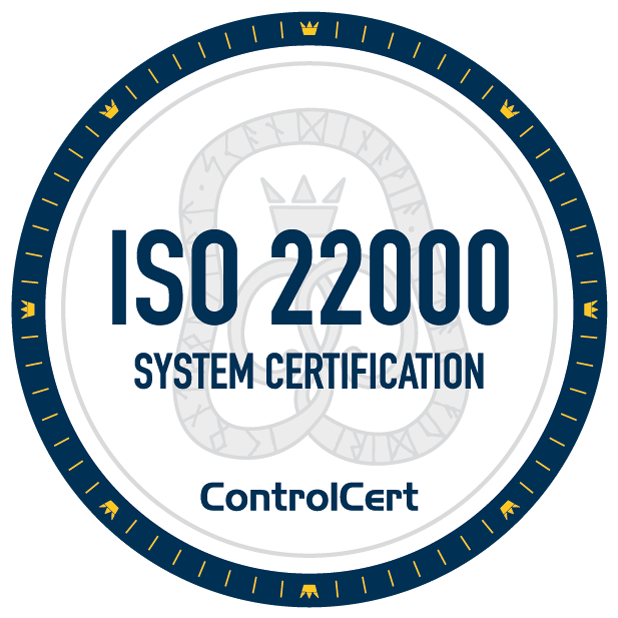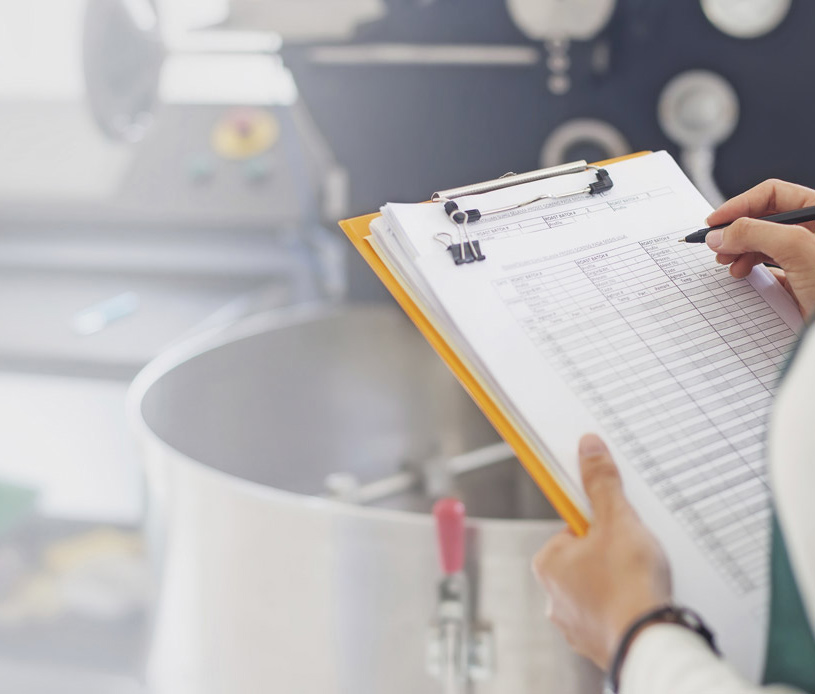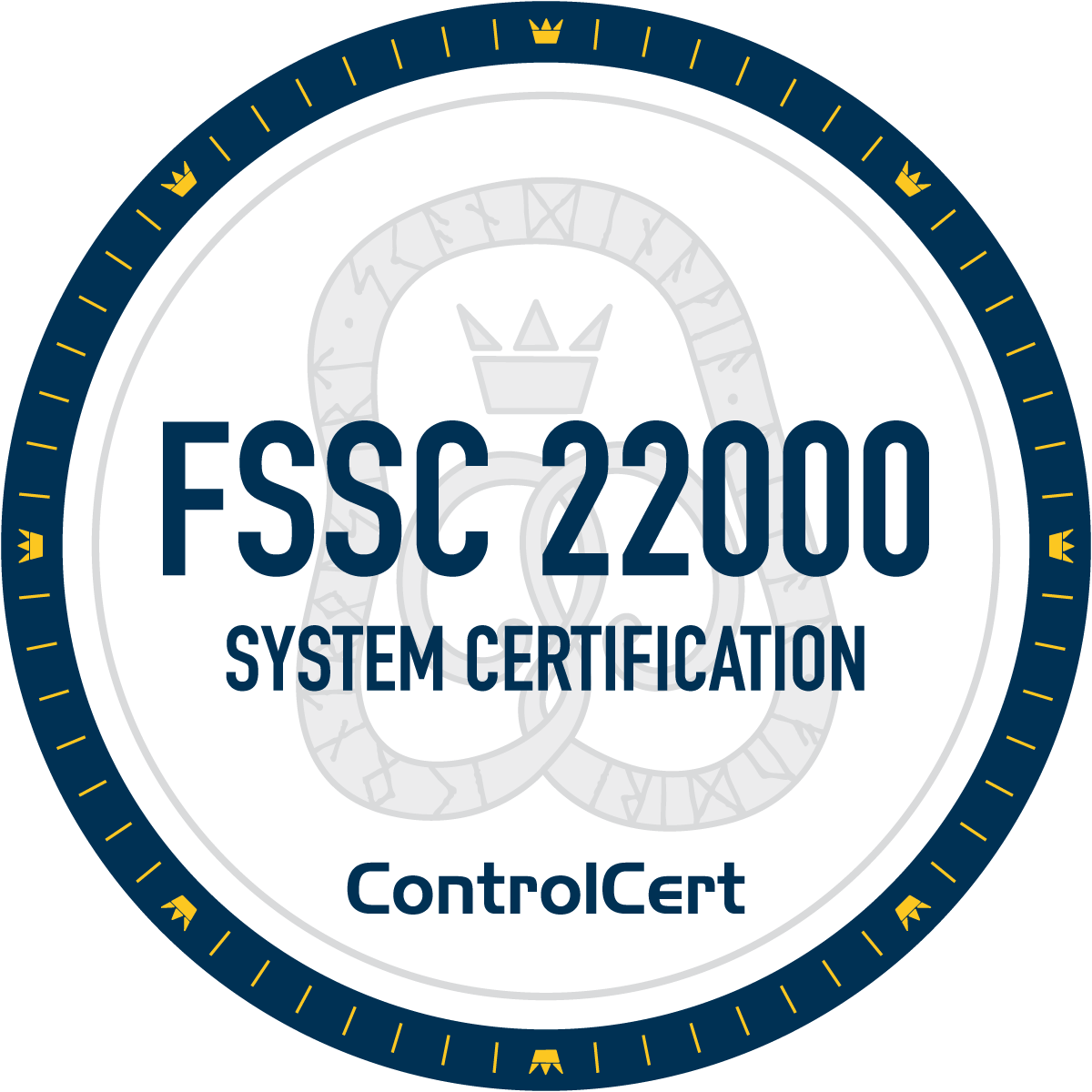The ISO 22000 standard for food safety is growing rapidly on the international market and has achieved global recognition.
What distinguishes ISO from other, more technical and privately owned standards is that there are no license fees or commercial interests influencing its development. This makes ISO certification a reliable and accessible choice, particularly for smaller companies with limited resources for quality management.
At ControlCert, we have long experience in developing systems for small and medium-sized enterprises within food processing and wholesale to help them achieve certification. We know that this standard can be successfully applied by any company that already maintains a solid self-monitoring program and a well-established HACCP system.
Another advantage of ISO 22000 is that it does not impose excessive technical or financial requirements, unlike some other standards that may demand large investments from smaller businesses.
It also allows companies to use external expertise to support their HACCP and management system work.
ISO 22000 is based on:
- Management system with documentation and regular meetings
- Well-developed HACCP system with careful analysis of hazards and control points
- Basic prerequisites based on industry guidelines and legal requirements
An organization that prioritizes systematic work on food safety.

ISO audits follow a structured certification cycle for management systems, with certificates valid for three years. In short, a major audit is carried out in the first year and every third year thereafter, while the two interim audits are smaller in scope.
This means that the overall certification cost over a three-year period remains relatively modest compared to other food safety standards.
The ISO audit process also places greater emphasis on continual improvement, since the same auditor often returns for follow-up visits and can track progress more closely than in other certification schemes.
ISO 22000 was first introduced in 2005, with a revised version published in 2018. The standard is global and used worldwide, covering the entire food supply chain – from farm to fork. Each certification body works within defined categories along this chain.

Our certifications in the food industry:
